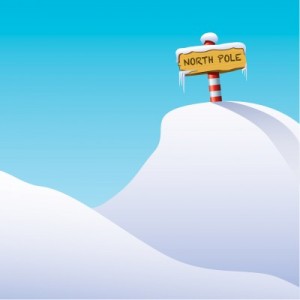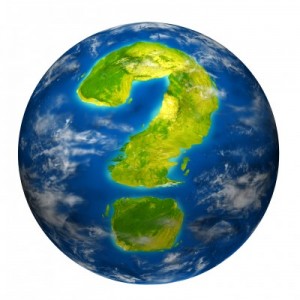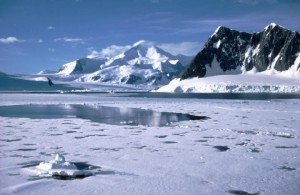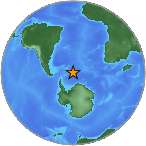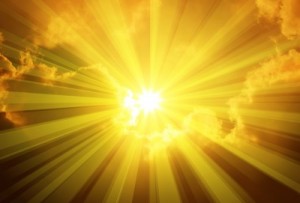
The power of the Sun makes temperatures hot and dry when there’s a cloudless sky.
What happens on a sunny, summer day when there isn’t a cloud in the sky? It’s HOT.
What happens on a cloudy day when the sun is masked by a thick cloud cover? It’s Cooler.
At the end of the day, global warming and climate change will result in cooler temperatures, more rain, and flooding because pollutants are making the atmosphere thicker with stuff.
Human Contribution
Human beings have added unnatural amounts of particulate matter (pollution) into the atmosphere. We have concreted over irreplaceable farmlands, deforested millions of acres, damed rivers, and grossly altered the natural ecosystem, but Earth changes today – climate change – are natural phenomena that will happen no matter what damage we do to our surroundings.
Humans are making the situation worse, no doubt, but we are NOT causing it. What humans are doing is ruining a good thing – we have damaged our environment, and by doing so, we are accelerating the inevitable – a global cool-down, more intense storms, and we are costing ourselves billions of wasted dollars by building in areas where we should never live.
We’ve messed in our own nest.
Volcanism
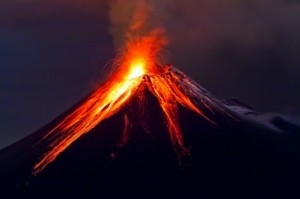
Volcanic eruptions are increasing worldwide, pumping ash into the atmosphere, melting ice caps, and heating the crust.
Volcanoes pump ash and particulate matter into the atmosphere that trumps our human contribution. The intense heat from volcanoes heats the crust, melts ice caps, and boils sea water.
Volcanoes release pressure beneath the crust, and this leads to more hot magma rising toward the Earth’s surface.
Now THIS is global warming.
At the same time that the crust is rising in temperature, the atmosphere is filling with substantial amounts of sulphur dioxide and ash. Volcanic aerosol, a suspension of fine solid particles or liquid droplets in the air, is created during volcanic eruptions, and this can be transported thousands of kilometres (miles) around the spinning Earth. Particles in the volcanic aerosol can carry human pollutants with it, too.
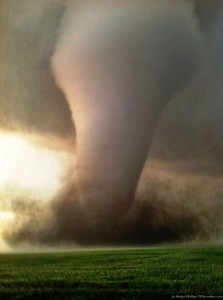
Earth changes today – whether manmade or naturally created – are creating more violent storms.
So, yes, we are heating up the Earth, but we are actually cooling the atmosphere, which creates changes in our weather patterns. This affects where we live and grow our food, and morphs more violent storms.
Hum, it’s hot below and cool above – so, is this heaven and hell, or just a little too much chaos out of our league?
